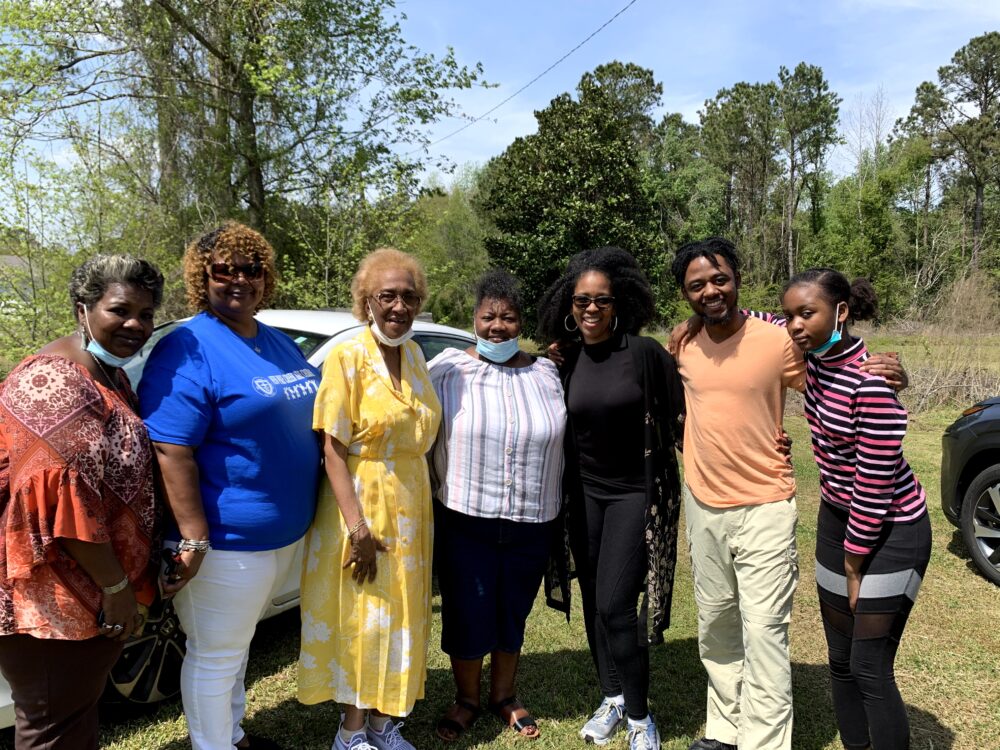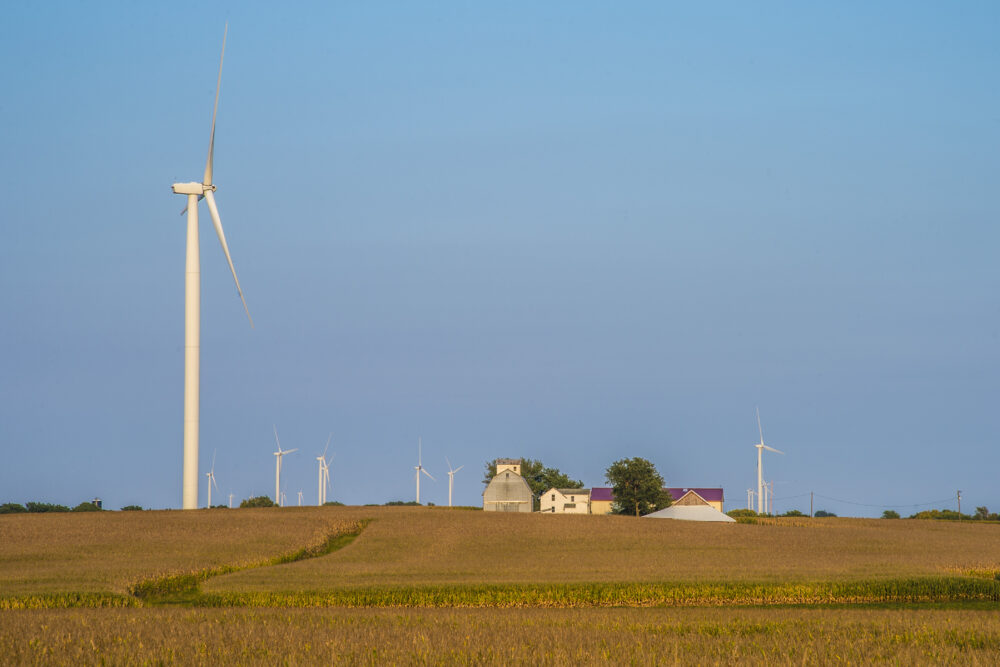We have much more to do and your continued support is needed now more than ever.
From Theory to Practice: Integrating Equity in Smart Growth

The 10th Annual New Partners for Smart Growth Conference (www.newpartners.org) held in Charlotte in February was a testament to the importance and urgency of placing equity and inclusion at the center of the movement to create sustainable communities. This was evidenced by the commitments made by numerous federal officials, the range of issues discussed in conference sessions, and the greater diversity among the more than 1,300 participants compared to previous conferences. Participants flocked to 110 concurrent sessions to learn from experts and each other about building sustainable communities – communities that are safe, healthy, and livable.
There was a day-long pre-conference workshop to discuss equitable development at the intersection of environmental justice and smart growth. Environmental justice advocacy is a response to the disproportionate impacts of not only pollution but also development patterns on low-income people and people of color. Participants examined transportation, housing, brownfield remediation, community health and other issue areas to see how future development strategies could overcome— rather than exacerbate— these differences. This session focused on capacity building within neighborhood and community-based organizations to engage on growth and development issues in their neighborhoods, communities and regions. Participants learned about federal, state, local and tribal tools and programs that support equitable development; heard from community leaders who have forged successful partnerships; learned about opportunities for collaboration between smart growth, equitable development and environmental justice; explored why integrating these efforts is critical and necessary to right past wrongs, could revitalize America’s disadvantaged communities, grow the economy, and create healthy and sustainable urban, suburban, rural and tribal communities; and finally learned about tools and strategies to help finance equitable development.
This year’s conference placed increased emphasis on Environmental and Social Justice, with both a conference track dedicated to “Equitable Development” and incorporation of those issues into many of the conference’s other sessions. Catchy buzz words and intriguing topic names abounded in the conference program: “Equity Toolkit”, “Just and Smart Growth”, “Ports, Goods Movement, and Environmental Justice”, “Climate Justice”, “Inclusive Engagement”, and “Degrees of Disadvantage”.
Degrees of Disadvantage (“DoD”) is the term coined by the Delaware Valley Regional Planning Commission for the index they use to compare individual census tracts’ concentration of transportation-disadvantaged populations with the regional average. The index includes eight such disadvantaged populations: the elderly (75+), the physically-disabled, car-less households, low-income households, female head-of-households with children, limited English-proficiency persons, Hispanic/Latino persons, and non-Hispanic minorities. The Commission uses DoD maps to evaluate proposed transportation projects’ contribution to improving mobility and transportation access for these populations. The Local Government Commission is currently working on converting all of the PowerPoint presentations to pdf files, which will be posted on the conference website in two weeks.
Talk of energy cost savings and greenhouse gas reduction was everywhere, from LEED and other green building approaches, to energy performance audits conducted by volunteer retired engineers.
For the conference-goers it seemed that smart growth and sustainable communities are not novel theories: they have moved into the mainstream of accepted “best practices.” No longer is the dialogue about the merits of the ideas. In today’s day and age, the bedrock of the discussion is how to more effectively implement them, refine their techniques, and evaluate their impacts.
For more information about the NWF’s work to promote fair and equitable solutions to climate change, visit the Fair Climate Project page on our website.





















